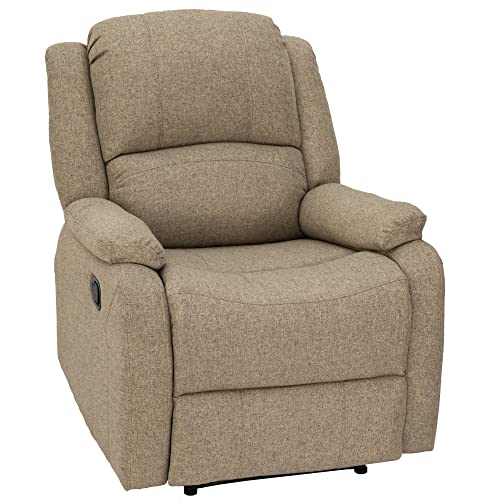To answer your questions:
1) "How big?" I have four 12V 63Ah MK Gel batteries. They weigh 50 lb each, totaling 200 pounds.
2) "How long do you plan on running generator daily?" Since gel batteries want to charge slowly, I need something that can run several hours a day, very quietly and efficiently.
3) "What kind of budget are you looking at spending?" As needed. I don't think a tiny gen or fuel cell would cost over $300. And what about the fuel cells that can use gasoline or other fuels to chemically produce electric power? I've not heard more about them in years. (Government cover up?)
4) "Solar can still charge in cloudy weather, just not as much." Really? I have two 100W solar panels. Maybe I should get two more because of clouds and be satisfied with it. Four panels would be 400W in direct sun, but how much wattage would they give under thick clouds?










































































